Newborn photography is one of the most rewarding and difficult types of photography. It’s one thing to photograph landscapes or portraits for adults who take and accept instruction but working with something as fragile and unpredictable as a newborn baby is totally a different matter. The following list is some tips and guidelines that will help you shoot wonderful newborn photos.

When to shoot?
The best time to photograph a newborn is in the first fourteen days of life. During this time they sleep more soundly and curl up more easily into adorable poses. You’ll be moving them around and scrunching them into those sweet sleepy newborn images, so you want to make sure they’re sleepy enough.
I have photographed babies as old as ten weeks and have been successful in getting newborn-like poses. The key to photographing older babies is to make sure that they are kept awake for up to two hours prior to starting the session.
Most of the images you’ll be shooting work best if the baby is in a deep sleep. To encourage this, we recommend that you do whatever it takes to make sure that the baby is nice and exhausted.
A well-fed baby is a happy baby! Please feed and burp the baby right before our session to ensure a happy, sleepy baby.
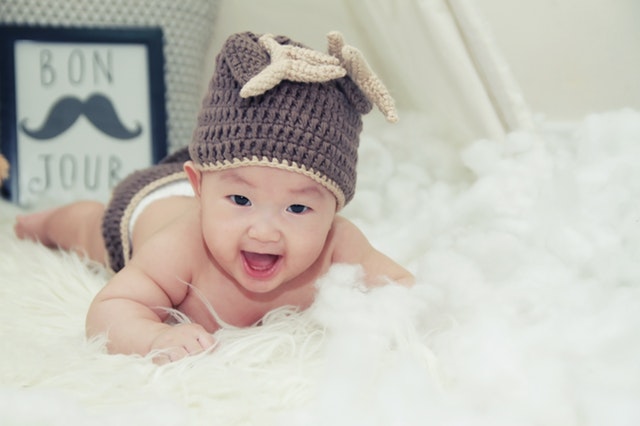
Newborn Photography Tips and Tricks
Be very careful
Remember that although you are an artist and your goal is to capture an amazing image, at the end of the day this is someone’s precious new life that they have entrusted you with. No portrait is worth putting a baby at risk of getting hurt. Use common sense and always make sure to have someone VERY close by spotting the baby, even if the baby is on a beanbag. Be gentle and NEVER force a newborn into a pose. Make it a habit to always wash your hands well before starting the session.
Never ever photograph a newborn if you are ill, even with a common cold. Babies are very susceptible to infections, and it is our job to keep them safe. Take every precaution not to spread germs, especially for a newborn with a weak and developing immune system.

Prepare the stage
Adjust the room temperature to be between 80-85 degrees F (26-29c). This is usually a great temperature to keep the baby happy, especially if they aren’t swaddled. Wash your hands.
Do NOT wear jewelry. Take off your rings, bracelets, earrings, and necklaces if any. While the likelihood of your jewelry falling off is low, it’s not a zero chance. Keep it simple to keep the baby safe.
Avoid fragrances. While a newborn’s vision and hearing senses are not too keen, their sense of smell is very sensitive. Don’t wear perfume/cologne, fragrant lotions, or strong hand sanitizers. This can upset the baby quickly.
If you have other children that might create noise, try to find a sitter or family member to take them away from the home for a few hours. If you have a noisy pet, you may want to do the same. Only those being photographed should be present to help maintain a calm environment.
Try to create some white noise. Having some white noise can dull any thuds, shuffles, or the sound of the shutter on the camera that may otherwise wake a baby. Newborns will sleep much more soundly if there is white noise in the room. There are some noise machines (they produce rain or ocean wave sounds). You may also play music in the background. It is not only helpful for the baby but it also relaxes you as well as the parents.
Get all your backdrops, blankets, bowls, baskets, blankets, knit hats, headbands, etc., ready before you take any photos. The less you have to move the baby to set up a new shot, the better.

Shoot in natural lighting
It is always better to use natural light whenever possible. For this reason, sessions are normally done mid-morning to late-afternoon when window lighting is at its best. With the natural light that is coming from a window, the use of a reflector can help a lot in adding more light to the scene and help fill in some of your shadows. If you can’t find enough natural light, you may use flash in a ‘bounce flash’ way – shooting it up into a ceiling or a wall so that it’s indirect and also use a diffuser. This will diffuse the light a lot which leaves the baby less washed out in the shots, and more importantly, means he’s not blinded by the light from it.
In case you aren’t comfortable with using the flash, try bumping up the ISO setting on your camera and increasing the aperture setting – this will mean you won’t need to use the flash at all if there is at least some natural light in the room.
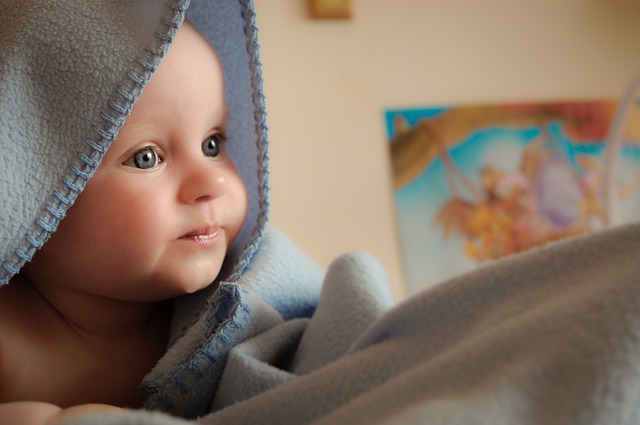
Think of the positions!
You may put the baby in baskets and stock pots, but it’s better to just think of “positions”. You should always start with the basics and move toward the more advanced photos just in case the baby gets too fussy and you have to call off the shoot. There are three main basic positions: the back pose (baby is lying on his back), the side pose, and the tummy pose.

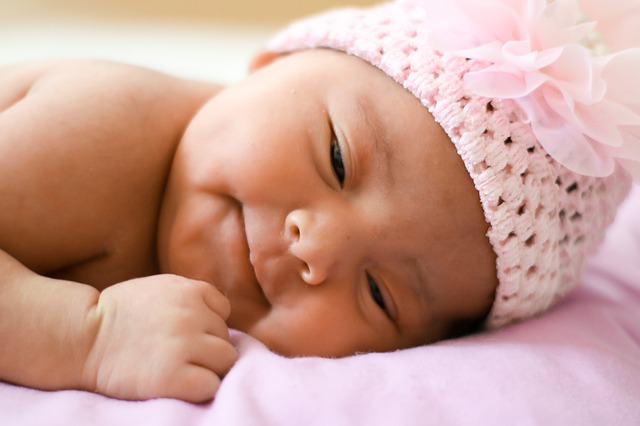
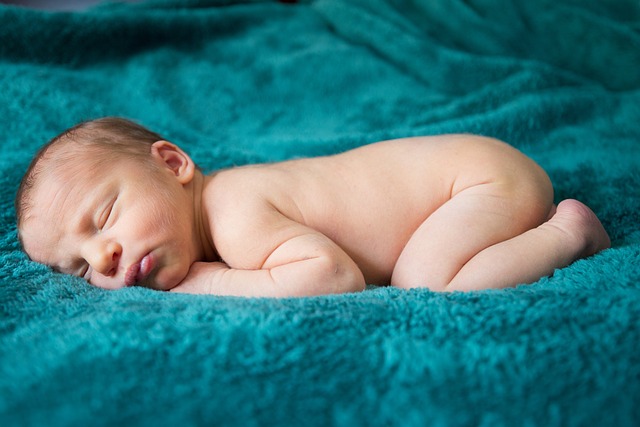
The beauty and the amazing thing is that they often let you adjust them however you want. Tuck legs up underbodies, pull flailing arms into blankets, and curl them up into someone’s hands. A key to getting the position you want and having it stay that way long enough to get the shot you want is to keep your hands on the baby longer than needed after positioning them. The warmth of your hands and the consistency and reassurance is often exactly what the baby needs to “hold” the position you are seeking.
Find a suitable shooting angle
One key to getting amazing newborn shots is to get down to their level. Getting down low and getting in close can improve your shots, and make them like you’ve entered the baby’s world rather than you, ’re looking down on it from above. To improve the angles and make your shots seem more intimate try to get in close by either physically moving in or by using a longer focal length.
Look for the details
Shots that will stand the test of time will be very simple close-ups that highlight just how small newborns are: tiny hands holding a parent’s finger, brand new feet that have yet to see wear, yawns and other adorable expressions that only look adorable on a baby.
If your camera has a macro mode or if you’re lucky enough to have a purpose-built macro lens use it to isolate a single body part (like a hand, an ear, a foot, a mouth, etc.) and use that as the complete focus of your shot.
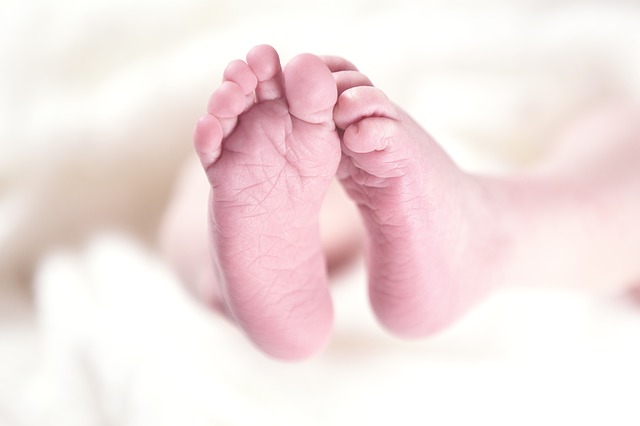
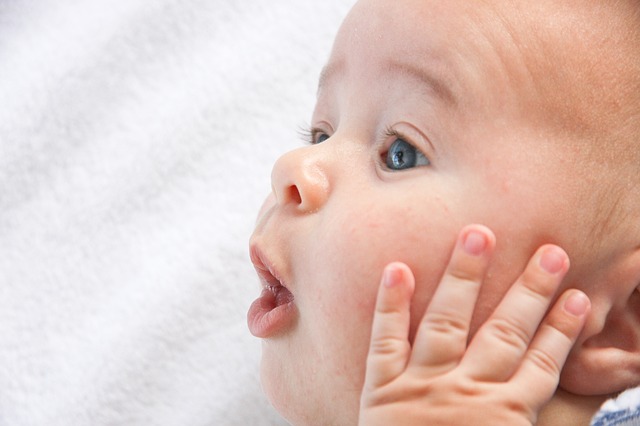
Be Patient
Another challenge with newborns is that they don’t tend to spend a lot of time smiling. Keep on looking for those times in your baby’s life when he or she seems most settled and content. Babies don’t move much but they subtly change their position and expressions in ways that can make or break a photo. You should consider setting your camera in continuous shooting mode because shooting only a single frame often misses the perfect moment.
Camera setting
You should be able to get amazing newborn and baby photography results with almost any camera and lens if you simply learn the proper lighting, creativity, and camera angles for newborn photography.
Choose an ISO of 100-400 and use a wide aperture (f/2.8-f/8) for a shallow DOF (depth of field). Use continuous shooting mode on your camera to capture 2, 3, 4, or 5 photos in a couple of seconds.
Consider shooting in B&W
Another tip worth considering for a little photo editing is to tweak the color of your shot. You may consider converting some of your shots into black-and-white format. This has been used for dealing with scratches, marks, and blotchiness, and it also softens your shots somewhat. Babies are soft, cuddly little things, and taking the color out in this way accentuates this.
Another approach is you may experiment with desaturating the colors in your shots to a lesser extent than going black and white. Leave a little color in your shots and you’ll end up with pastel-like images that again soften the feeling of the shots and give it a very different look and feel.
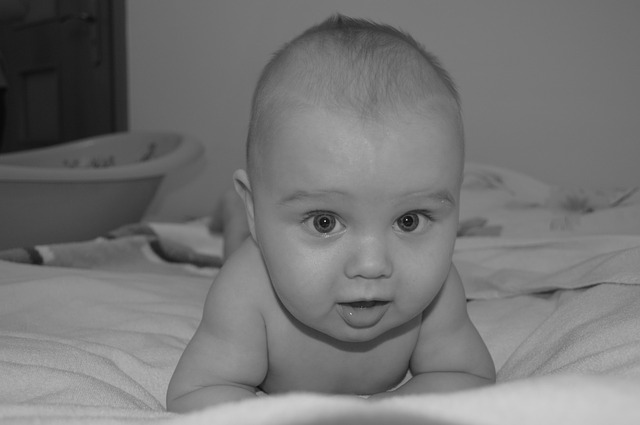
Though newborn photography may seem daunting at first, it’s like any other form of photography in that the more you practice the better you become. Take your time, be patient. With the proper planning and research, and some creative and personalized props, you should come away with at least a few good images on which to build your foundation.
Related post
Baby Portrait Photography Tips – How to get great results!
Thanks for reading the article, hope you found it useful and helpful for you. If you have any comments, please drop them in the box below, and I will be glad to respond.
If you like the site, remember to subscribe, we will inform you in the case of a new post.







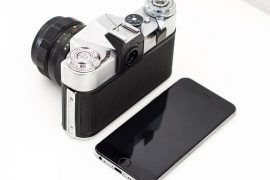

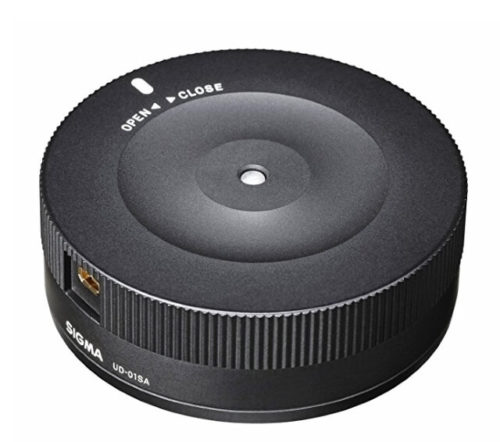
Thank you so much for this article! I’m a newer photographer… and still trying to set my feet firm, and make my name a little more known. I have a few clients, but most have been for just weddings. However, one client I had suggested that I could maybe take pictures of their “born to be” child… whenever that may be in the near future.
I’m really excited – but I’ve always thought it sounds like a difficult task. And I don’t know any babies to practice on for now, haha… so these were some really great tips! 🙂
Hi Mei
Thanks for your comment, hope all the success for your new challange!